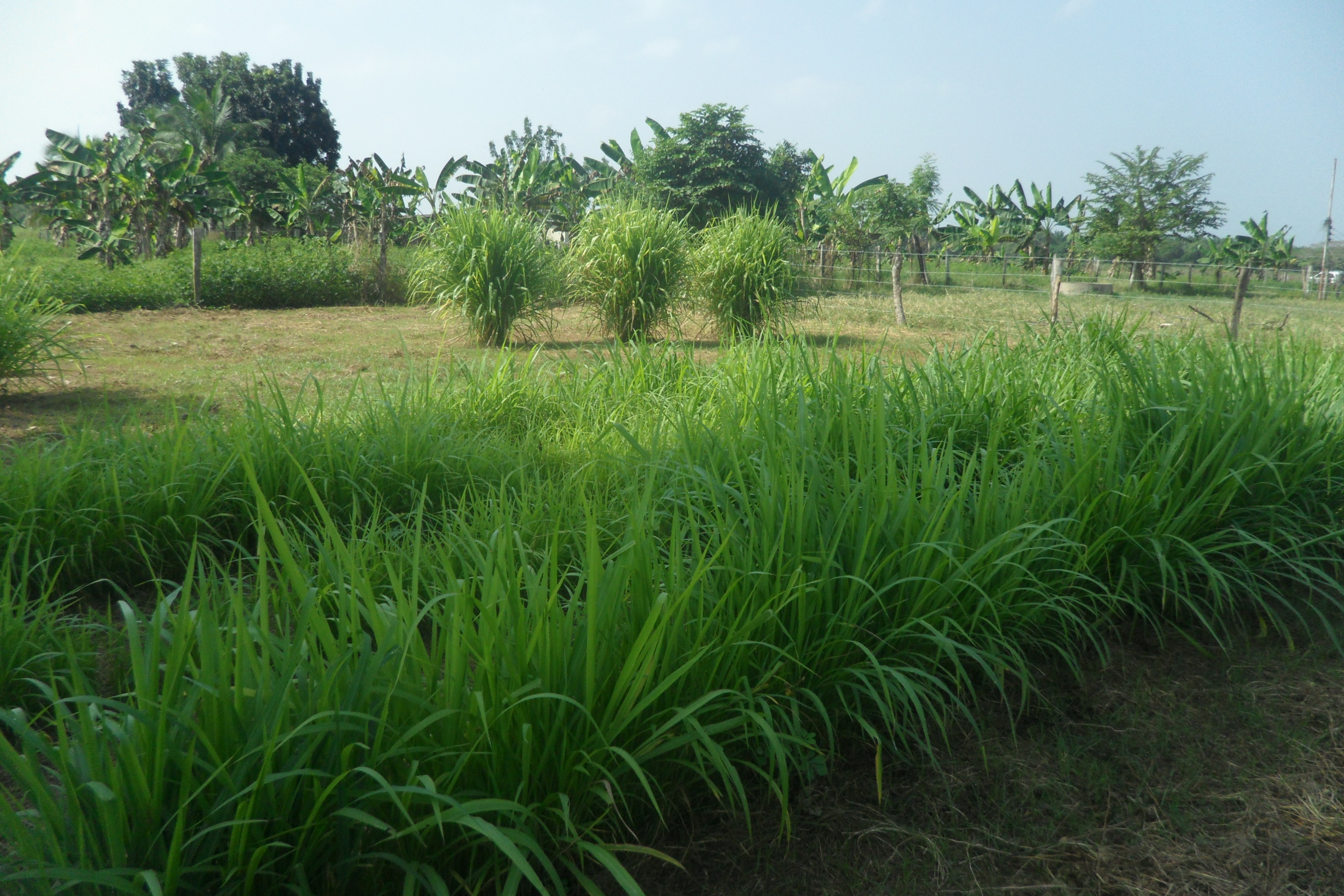The diet of ruminants, such as cattle, sheep and goats, presents unique peculiarities due to their specialized digestive system, within the essential nutrients, protein plays a fundamental role that according to the appreciation of specialists goes beyond simple muscle growth, its adequate supply and quality directly impact on the health, productivity and efficiency of these animals.

In this same sense, it can be said that protein is an indispensable component for a wide range of physiological functions in ruminants, according to Shimada (2010), it influences functions such as growth and development since, it is the main constituent of body tissues, including muscles, organs, skin and hair, an adequate supply of protein is crucial, especially in stages of growth and development of young animals. Moreover, it also influences milk production, in dairy animals, protein is an essential component of milk, the quantity and quality of protein in the diet directly influence the production and composition of milk.
Likewise, it influences immune function, antibodies, which protect the animal against diseases, are of a protein nature, a protein deficiency can compromise the immune system, making animals more susceptible to infections, also according to the author it serves as an energy source, although carbohydrates and fats are the main sources of energy, protein can be used as such in situations of energy efficiency or excess protein in the diet.

The digestive system of ruminants is characterized by the presence of a rumen, which is like a pre-gastric fermentation chamber where a complex population of microorganisms (bacteria, protozoa and fungi) breaks down food, this process has direct implications on protein metabolism, which we will name below:
- Ruminal protein degradation (DRP): a portion of the ingested protein is degraded by ruminal microorganisms, releasing ammonia, this ammonia is used by microorganisms to synthesize their own protein (microbial protein).
- Rumen non-degradable protein (RDP) or overage protein: another portion of the protein escapes rumen degradation and passes directly to the abomasum (fourth stomach) and small intestine, where it is digested and absorbed as amino acids.
- Microbial Protein: this protein synthesized by microorganisms in the rumen is an important source of amino acids for the animal, being subsequently digested in the small intestine.
The key to efficient protein nutrition in ruminants lies in ensuring an adequate balance between the degradable protein in the rumen (for microbial protein synthesis) and the non-degradable protein in the rumen (for the direct supply of amino acids to the intestine). from the physiological point of view, protein deficiency can result in slow growth, low milk production, reproductive problems, weakened immunity and lower efficiency in the use of other nutrients, on the other hand, an excess of protein can generate an increase in nitrogen excretion, which has negative environmental implications, also according to specialists it can overload the liver in its function of metabolizing excess ammonia.

The protein in the diet of ruminants can come from various sources such as forages, including grasses, hays and silages, which are the basis of the diet of many ruminants and provide variable amounts of protein depending on the plant species, the stage of growth and the handling conditions. grains and grain by-products such as corn, sorghum, barley and their by-products (such as flours and expellers) can be important sources of protein, although their rumen degradability may vary. Also urea is non-protein nitrogen is the most used in ruminant feeding, ruminal microorganisms can use urea nitrogen to synthesize microbial protein, as long as there is enough energy available in the rumen.

Dear readers, protein is a critical nutrient for the health, growth and productivity of ruminants, understanding the dynamics of protein degradation and synthesis in the rumen is essential to formulate balanced diets that optimize the utilization of this valuable nutrient. Proper nutritional management, which considers the quality and quantity of the protein, as well as its rumen degradability, is essential to achieve efficient and sustainable ruminant production systems. Producers should pay special attention to the protein needs of their animals at different life and productive stages, thus ensuring their well-being and optimal performance.
Thank you for reading our articles, until a next publication.
| Bibliographic references |
|---|
- Shimada, A. (2010). Animal nutrition. Threshing. Mexico.
Sources
- Photography and images: All photographs are the property of the author @amestyj.
- Agrotecnia banner: made by the author @amestyj with own images
- Hive Banner: Designed by the author @amestyj with image owned by hive.



Thanks for your good article.